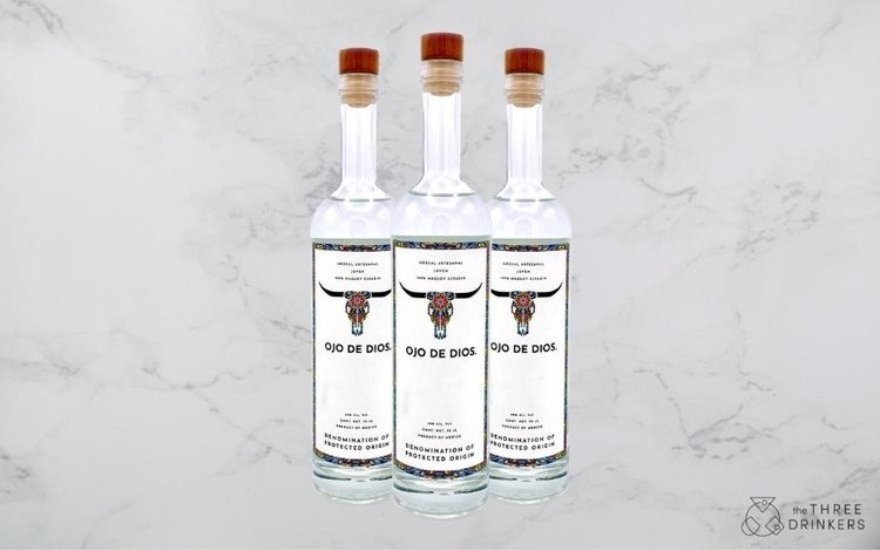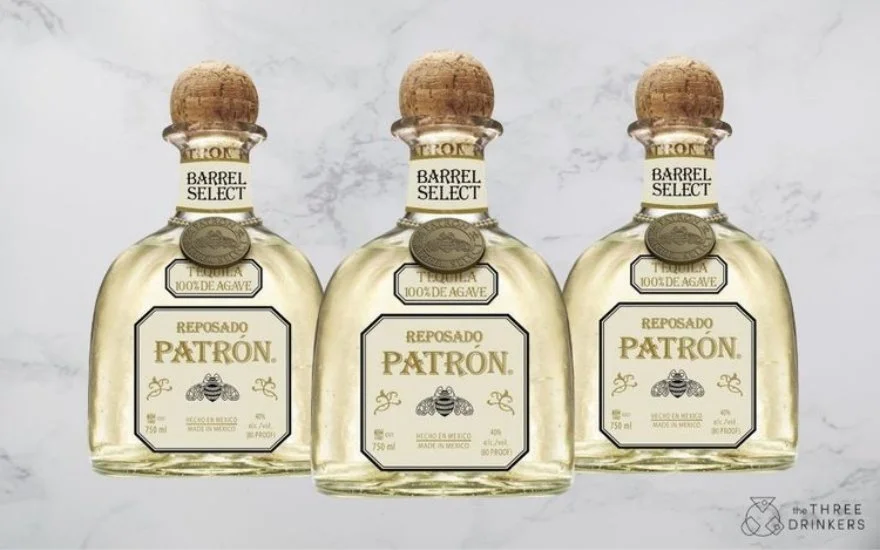Celebrity brands, the dominant Margarita and the fastest-growing spirit in the world… it’s fair to say that tequila is on the rise, and it’s bringing mezcal along with it. As more and more drinkers discover tequila works as a premium sipper and not just a throat-burning shot, the word ‘mezcal’ is popping up more and more.
It’s still a mystery to some however, so today we’re answering all those questions you have about these two drinks. Are they the same thing? Is tequila a mezcal? Is mezcal a tequila? Which is better? Is there really a worm involved? Vamos!
WHAT IS THE DIFFERENCE BETWEEN TEQUILA AND MEZCAL?
To put it simply, it’s all about the agave plant. Mezcal covers all agave-based spirits, whereas tequila must only be made using the Blue Weber agave plant and in five authorised states - Guanajuato, Jalisco, Michoacan, Nayarit, or Tamaulipas.
The situation is similar to that of many other drinks such as Cognac and Champagne in that tequila is a type of mezcal, but mezcal is not a type of tequila.
Oh yeah - the worm. Now, the origins aren’t that well known, unfortunately, but it doesn’t appear to be very traditional and probably began as a marketing ploy. Disappointing we know. You will still find it in many batches though and some people say it improves the flavour! Interestingly, this is associated way more with mezcal than tequila.
Tequila tends to be divided by ageing, from younger Blanco to Reposado right through to older Añejo blends. Mezcal, on the other hand, is usually split up into mezcal, artisanal, or ancestral, and these are more concerned with production methods. It has to be said however that ageing and production methods differ and overlap with both spirits.
These differences do of course have a knock-on effect on other similarities and differences between the two, so let’s explore these two incredible spirits further…
How mezcal uses agave
Whilst undeniably less well known, mezcal actually has a deeper-rooted Mexican history than tequila, with hugely varied production methods and terroir resulting in an interesting and varied spirit.
More closely associated with village and family production. It has been created in Mexico for at least four centuries and translates loosely as ‘baked agave’. The mezcal industry isn’t a wild west of unregulated moonshine-style setups though. It can only be produced in eight states for starters, with Oaxaca being the most common. Over thirty different agave plants have been used in mezcal but 90% of the time it’s Espadin, which is then usually roasted under stone and distilled in clay pots or copper stills.
Different areas grow different agave, however, such as Michoacán where strains such as Americana and Cupreata flourish. This, compared with the different terroir results in all kinds of varying mezcals being produced. And that’s before the impact of barrel ageing is even considered!
Mezcal is produced in nine different states in Mexico. The vast majority comes from Oaxaca, with the rest coming from the Durango, Guanajuato, Guerrero, San Luis Potosí, Tamaulipas, Zacatecas, Michoacán and Puebla states. It is still mostly made by small-scale producers in tiny distilleries and its production is steeped in tradition, often being a family affair, with methods being passed down from generation to generation.
Unlike tequila which can only be made from the blue agave plant, mezcal can be produced from many different varieties, as well as blends of more than one agave. The most commonly used agave are Espadín, Tobalá, Arroqueño, Tepeztate and Tobaziche.
How tequila uses agave
The production process of tequila and mezcal is mostly the same, but as mentioned above, it has to use Blue Weber agave and be made in a stricter number of states (though most come out of Jalisco). Also, it has to be minimum 50% agave, though you’ll notice that the best always use 100% anyway. What’s so special about Blue Weber, you might be wondering?
It has more sugar than the other agave plants which makes distillation easier, and the reproduction, strength and overall life cycle are much more favourable for production. Generally, it leads to a herbal profile with spicy citrus notes, but like mezcal, it is a very malleable spirit in terms of adapting the flavour. Tahona stone wheel crushing is used for added sweetness, barrels usually impart notes such as American oak’s caramelly vanilla or French oak’s dry fruits.
During the cooking method, agave earmarked for a future of tequila will normally be steamed, whereas as mentioned before, mezcal agave is more likely to be roasted. This is why the most famous way of spotting the difference between the two is smokiness, but with so much variety that is by no means a sure-fire way of telling.
3 mezcals to try
Ojo de Dios Joven
This is a joven blend, which equates to the youngest time of ageing possible. After ten days of roasting and double distillation, Ojo de Dios Joven is bottled. As a result, this is a mezcal that really pronounces the smokiness some drinkers adore, as well as a bold hit of fresh fruit. This is a really great entry-level mezcal to let you gauge what kind of blend you might be into.
Size: 700ml
ABV: 42%
Find here: £39
Ilegal Reposado
Hailing from the world-famous Oaxaca region, this mezcal shows off the power of American oak ageing. After being twice distilled in copper stills and absorbing those flavours in the barrel, it has slightly caramelly woody aromas and, although there is a touch of smoke on the palate, you’ll notice vanillery butterscotch more. Award-winning for good reason.
Size: 700ml
ABV: 40%
Find here: £59.45
Mezcal Tasting Set
If you’re a complete newbie then rather than committing to a whole bottle of mezcal, this may be the way forward. After all, if you’re trying a totally new drink then you might pick a cheap bottle to avoid wasting money only to find out it’s nasty stuff and you’re scarred for life (that’s not to say there aren’t affordable gems out there). There are five distinct samples here celebrating mezcal’s diversity to shine some light on your mezcal journey’s first steps.
Size: 15cl each
ABV: 42.4%
Find here: £28.95 5x15cl
3 tequilas to try
El Espolòn Blanco
This Jalisco highlands Blanco is beautiful in more ways than one. A Day of the Dead rooster riding skeleton makes this a bottle to keep, even if the liquid inside will soon be guzzled down. Bottled without aging, fresh agave fills the nose followed by a sweet florality. It’s a fantastic Blanco to try from one of the most renowned producers in Jalisco.
Size: 700ml
ABV: 40%
Find here: £59.45
Patrón Reposado
Patrón is one of the most respected tequila houses in Mexico, so you know you’re in safe hands with them. Their beautifully bottled amber Reposado has been adorned with Masters awards, praised for fresh citrus, smooth vanilla and a gorgeous honeyed agave. Reliably delicious.
Size: 700ml
ABV: 40%
Find here: £49.95
1800 Añejo Tequila
Another bottle that proves why tequila bottles are our favourites – this one honours the Mayan pyramids! Dressed in that inviting caramel colouring is woody spice from over a year of French oak aging. If you’ve found that agave-forward tequila or mezcal isn’t for you, then this is a great one to try.
Size: 700ml
ABV: 38%
Find here: £50
If you want to know more about the mezcal production process then there’s some fascinating insight in our, ‘What is What is Mezcal??’ article!








